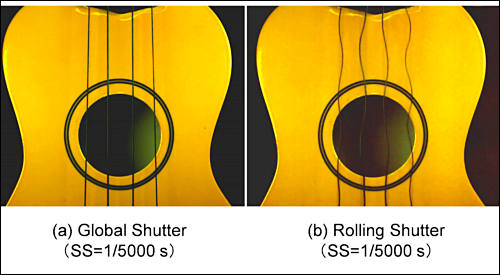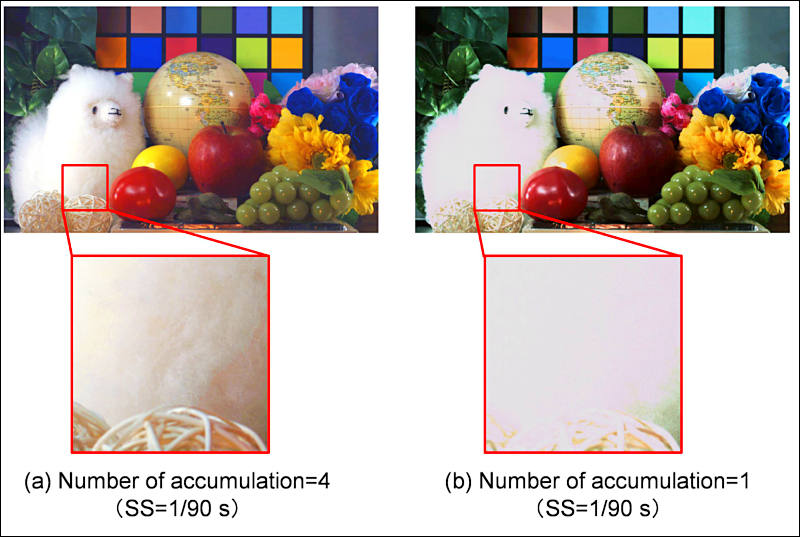
It allows to keep PV going, with more focus towards AI, but keeping be one of the few truly independent places.
-
Canon researchers work on high-resolution, large-format CMOS imaging technology for use in high-performance cameras large enough to take photographs and videos at ultra-high-definition resolution.
Most CMOS imagers use a rolling shutter, which captures an image at slightly different times at different areas of the imager. This can lead to image artifacts, especially for moving targets, because the image is taken while the subject is in different positions in the field. Imagers with global shutters capture light from each pixel in the imager at the same time, eliminating these artifacts. However, a global shutter usually leads to less dynamic range and higher noise and dark current, and thus to inferior photographs.
The Canon researchers developed a new architecture that enables the readouts of multiple pixels to be accumulated and stored in memory, and then processed all at once. This technique enabled the implementation of a global shutter while also delivering excellent noise and dark current performance and high dynamic range (92dB at a standard 30fps frame rate).

The images of a vibrating ukulele were taken at the same shutter speed (1/5000 sec.). In the global shutter mode (a) distortion is successfully suppressed, while (b) shows distortion from a rolling shutter. The bottom images show the difference between (a) quadruple charge accumulation with the global shutter and (b) single charge accumulation, both at a 1/90 sec. shutter speed.


 img2753.jpg500 x 275 - 30K
img2753.jpg500 x 275 - 30K
 img2754.jpg800 x 537 - 79K
img2754.jpg800 x 537 - 79K
Howdy, Stranger!
It looks like you're new here. If you want to get involved, click one of these buttons!
Categories
- Topics List23,993
- Blog5,725
- General and News1,354
- Hacks and Patches1,153
- ↳ Top Settings33
- ↳ Beginners256
- ↳ Archives402
- ↳ Hacks News and Development56
- Cameras2,368
- ↳ Panasonic995
- ↳ Canon118
- ↳ Sony156
- ↳ Nikon96
- ↳ Pentax and Samsung70
- ↳ Olympus and Fujifilm102
- ↳ Compacts and Camcorders300
- ↳ Smartphones for video97
- ↳ Pro Video Cameras191
- ↳ BlackMagic and other raw cameras116
- Skill1,960
- ↳ Business and distribution66
- ↳ Preparation, scripts and legal38
- ↳ Art149
- ↳ Import, Convert, Exporting291
- ↳ Editors191
- ↳ Effects and stunts115
- ↳ Color grading197
- ↳ Sound and Music280
- ↳ Lighting96
- ↳ Software and storage tips266
- Gear5,420
- ↳ Filters, Adapters, Matte boxes344
- ↳ Lenses1,582
- ↳ Follow focus and gears93
- ↳ Sound499
- ↳ Lighting gear314
- ↳ Camera movement230
- ↳ Gimbals and copters302
- ↳ Rigs and related stuff273
- ↳ Power solutions83
- ↳ Monitors and viewfinders340
- ↳ Tripods and fluid heads139
- ↳ Storage286
- ↳ Computers and studio gear560
- ↳ VR and 3D248
- Showcase1,859
- Marketplace2,834
- Offtopic1,320




